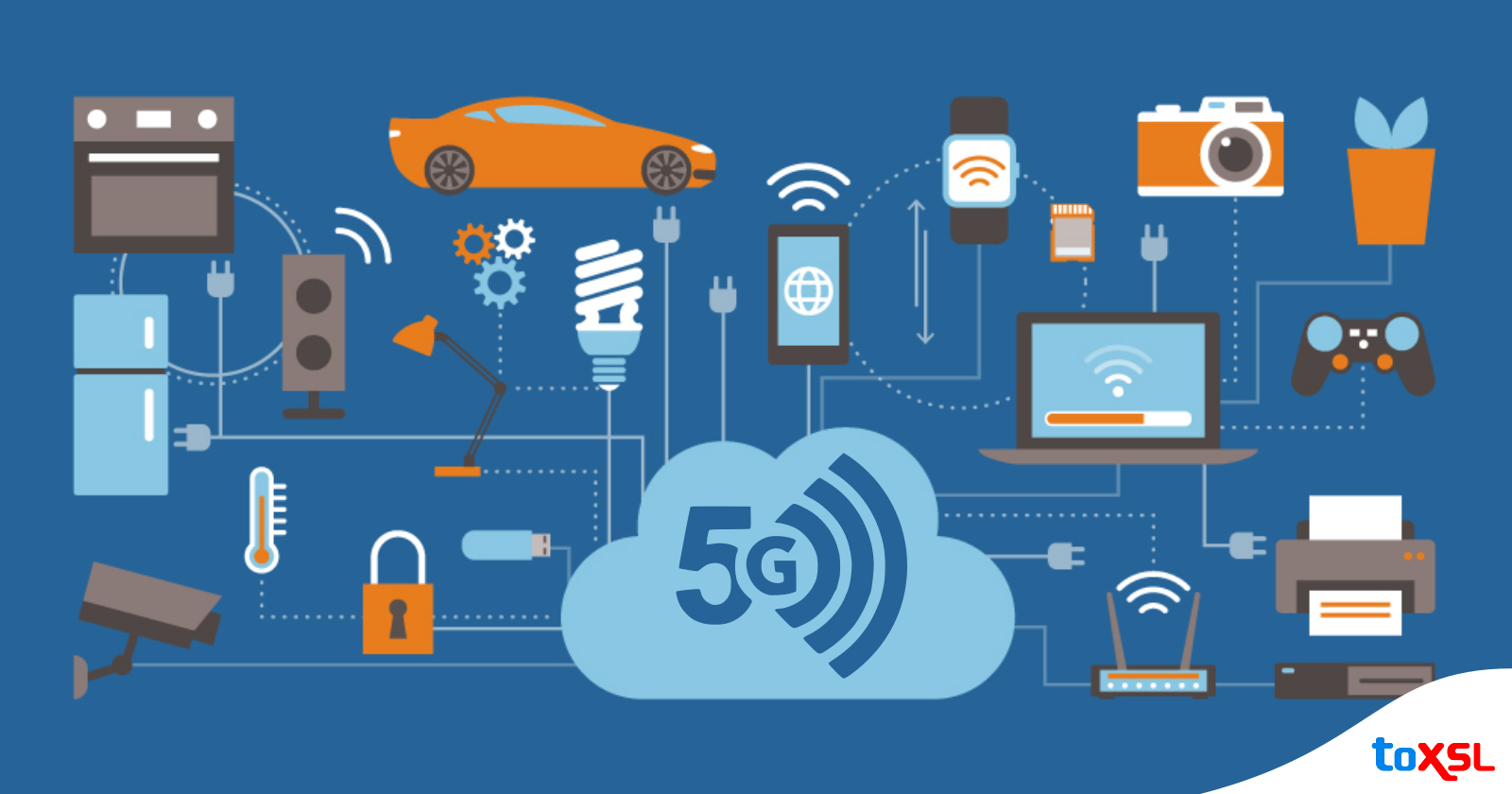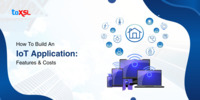- Jun 18, 2019
Share this post on:

The Internet of Things revolution is gaining a huge momentum and now it's the time to see how 5G network is going to change it. Since study shows that devices connected to IoT will cross 20 billion by the year 2020, the wireless networks that enable these will need to be improved to manage that huge jump in numbers. The demand for storage and communication is increasing rapidly for our systems, therefore, reducing the importance of the 4G network.
This is where 5G network comes into action. IoT is continuing to grow from the past few years and new as well as innovative ways are being developed to improve the volume of transmitted data for the existing environment to match with the predicted increase in connected devices. There are various ways in which 5G wireless mobile internet can help shape future of the Internet of Things.
Let's look at a few of the different aspects of the Internet of Things that 5G technologies will look to improve upon.
Data: The most evident impact the execution of 5G technologies will have on the Internet of Things is its capability to share significantly larger volumes of data at a faster speed than 4G. Utilizing more developed communication strategies, like MIMO, to boost 5G networks implies that more data can be sent and received in a substantially short span of time. Numerous transmitters and receivers spread over large areas work much better than single antennas spread further apart. Therefore, coverage is typically harder to reach remote rural areas or inside huge buildings which can be definitely improved.
Size: The sheer size of the Internet of Things has improved significantly in the previous years as ever increasing devices are connected and additional applications are developed. The capability of 5G networks to transmit more data at faster speeds would empower more connected devices the capability to connect to the network and “talk” to each other. High latency has been a continuous issue for companies with multiple connected devices, however, after adopting 5G network, companies could add numerous more devices to their network without causing congestion and further latency issues.
Power Consumption: This is another issue of concern for organizations and individuals who are planning to implement multiple connected devices to a system. Recent developments, for example, Narrowband IoT allows narrow bandwidth which is optimized for IoT applications with low data rates. This would empower network with much lower power consumption and would also diminish strain on data transmission. Scalability is key for many industrial and business operations and 5G technologies will hope to make such conceivable outcomes viable.
We are regularly learning how 5G networks could affect the Internet of Things and how these two shape the foundation for the age of digitalization and Artificial Intelligence. As our world continues to become increasingly connected, it needs to be seen how much will we rely on the Internet of Things. However, what can be securely expected is that 5G and IoT will continue to shape the lives of customers, employees, business owners and so on. The speed at which 5G networks will come and deliver its IoT application services completely depends upon how fast models are set up and technologies created to help and work on these systems.












